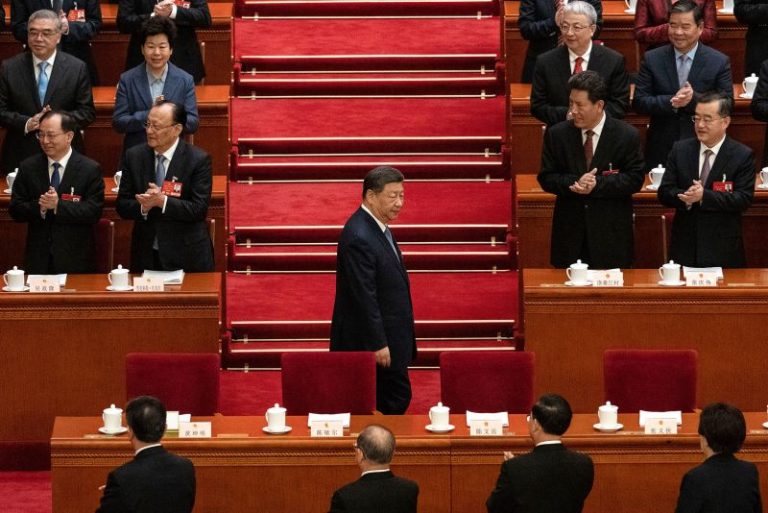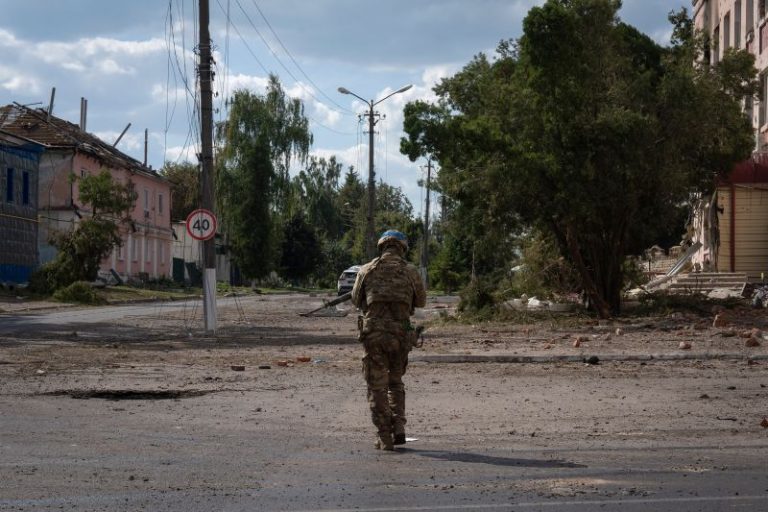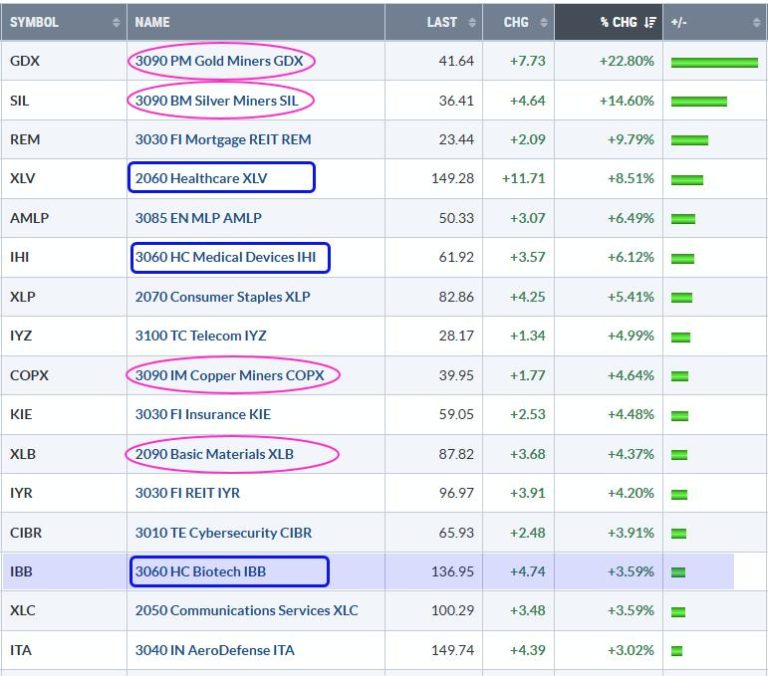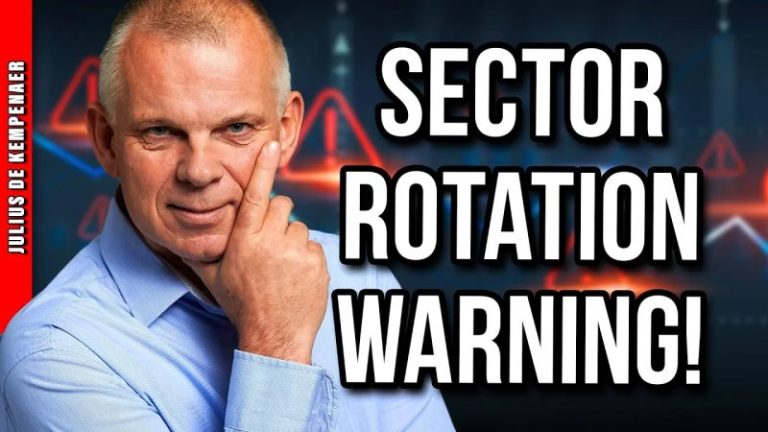Lode Gold Resources Inc. (TSXV: LOD) (OTCQB: LODFF) (‘Lode Gold’ or the ‘Company’) is pleased to announce the proposed appointment of Bill Fisher and Rajesh Sharma to the Board of Directors of its upcoming spin-out company, Gold Orogen. The spin-out is scheduled for March 2025, with a shareholder meeting set for March 10, 2025, to approve the tax-efficient plan of arrangement.
The proposed appointments of Bill, Rajesh and the other Directors will be subject to shareholder approval at the Company’s Annual General Meeting (AGM) on March 10, 2025. Their appointments will be finalized following the AGM.
The proposed Gold Orogen Board will include:
- Hashim Ahmed
- Wendy T. Chan
- Chad Tappendorf
- Ron Tomlinson
- Jonathan Hill
- Bill Fisher (newly proposed to be appointed)
- Rajesh Sharma (newly proposed to be appointed)
Bill Fisher, BSc, P.Geo
Director (Proposed)
Bill has a successful track record, marked by notable exits. In the late 1990s, Bill served as Vice President of Exploration for Boliden AB, a major European mining and smelting company, where he managed 35 projects across nine countries. His career highlights include serving as Chairman of Aurelian Resources, which discovered the Fruta del Norte gold deposit in Ecuador, leading to the company’s acquisition by Kinross Gold for $1.2 billion in 2008. Fisher also transformed GlobeStar Mining Corp. from an exploration company to an emerging mining company, developing the Cerro de Maimon copper/gold mine in the Dominican Republic, which was completed on time and under budget. This project was later sold to Perilya for $186 million.
With over 40 years in the mining industry, he is renowned for his expertise in exploration, development, and strategic leadership. His career began in Africa, where he spent a decade working on diamond exploration and mining projects, including significant discoveries of kimberlites in the Congo and contributions to exploration efforts in West Africa.
Currently, Bill serves as Chairman of GoldQuest Mining Corp., overseeing the development of a 3-million-ounce gold discovery in the Dominican Republic. He also holds directorships in several mining companies, including Inventus Mining and Churchill Resources, and previously served as Chairman of Treasury Metals, developing the Goliath Gold Project in Northwest Ontario.
Rajesh Sharma, ICD.D
Director (Proposed)
Rajesh brings extensive global leadership experience across the mining, exploration, metals, and international trade sectors. His career highlights include leading large-scale mining start-ups and exploration companies, as well as successfully completing several investment and acquisition deals. Within the Tata Group, Rajesh held multiple leadership roles, serving as CEO and Board member of various exploration, mining, and investment subsidiaries of Tata Steel in Canada and Africa. Additionally, he served as Executive in Residence at Investissement Québec. Rajesh holds degrees in management and engineering from IIT Roorkee and completed a scholarship program on Globalization and Leadership at the London School of Economics.
Biographies of the other existing Directors from Lode Gold joining the Board of Directors include:
Wendy T. Chan BSc, MBA, ICD.D
CEO
Wendy formerly held positions with Skeena, Roxgold and Novo Resources. She brings over 20 years of experience in developing and executing strategic plans for both Fortune 500 and entrepreneurial companies with global outreach.
Throughout her career, Wendy has demonstrated proficiency in managing businesses with full P&L responsibilities, consistently driving profitability. Her operational experience includes leading cross-functional teams and spearheading negotiations for multi-million-dollar projects. Wendy’s global perspective is evident in her work on key development initiatives involving JVs, strategic alliances and mergers and acquisitions across diverse regions, including Asia, Australia, Africa and the Americas.
Hashim Ahmed, CPA
Interim Chairman Director
Hashim is a seasoned financial executive with over 20 years of experience in finance, accounting, tax and governance. He currently serves as Executive VP and CFO of Mandalay Resources.
Prior to joining Mandalay, Hashim held key positions in the mining industry, including Interim CEO of Nova Royalty and CFO of Jaguar Mining. His career also includes a significant tenure at Barrick Gold, where he spent seven years in progressively senior finance positions, both in Canada and with site finance teams in Chile. Hashim’s expertise extends beyond the corporate realm, as he is a member of the Audit Committee of the Government of Ontario, showcasing his broad financial acumen and commitment to public service.
Chad Tappendorf, CFA, MBA
Director
Chad is a Partner at Coast Capital, a New York-based investment firm with focused interests in the mining sector. His extensive experience spans globally in both private and public equity investments, demonstrating a broad understanding of diverse industries and market dynamics.
Throughout his career, Chad has held board memberships across various sectors, including resources, logistics, real estate, and consumer goods. His expertise extends to managing multi-billion dollar private equity portfolios, showcasing his ability to handle large-scale investments and complex financial strategies. Chad’s skill set encompasses the entire investment process, from identifying new opportunities and conducting thorough due diligence to performing valuations, negotiating deals, and structuring transactions and tax arrangements.
Jonathan Hill, Fellow AUSIMM, BSc (Hon) Econ Geo
Technical Director
Jonathan is a highly accomplished mining industry veteran with over 35 years of experience in exploration, project development, and mining operations worldwide. As the Founder and Principal Advisor of Exploration Outcomes Ltd., he leverages his extensive expertise to provide strategic guidance in the sector.
Throughout Jonathan’s career, he has played a pivotal role in numerous world-class gold and copper discoveries across both greenfield and brownfield projects. His tenure at AngloGold Ashanti was particularly noteworthy, where he led multi-million-dollar greenfield exploration ventures in Brazil and Colombia. This experience has honed his skills in governance, exploration strategy, and management, making him a valuable asset in the mining industry.
Currently, Jonathan serves as a Director on the boards of several mining companies, including Spark Energy Minerals, Royal Road Minerals, Lavras Gold, and Avanti Gold. His previous role as VP of Exploration and later technical advisor for Jaguar Mining further underscores his comprehensive understanding of the industry.
Ron Tomlinson
Director
Ron is currently the CEO of Tomlinson Group. With over 35 years of experience in executive management, strategic acquisitions, real estate operations and investments, Ron has successfully expanded Tomlinson Group’s operations across Canada and the United States. A seasoned manager and successful entrepreneur, he has driven the growth of the company into a vertically integrated organization with a strong focus on innovation and operational success.
Under Ron’s leadership, Tomlinson Group has spearheaded numerous large-scale projects across diverse industries, including construction, environmental services, and infrastructure.
The Company is poised to leverage the diverse expertise of its well-rounded board to drive Gold Orogen’s growth and achievements in the upcoming year.
Shares for Debt Issuance
Lode Gold is settling $231,180 of debts on the balance sheet by issuing 963,251 shares at $0.24 per unit to professional services contractors, management, and advisors. The share-for-debt transaction is subject to the approval of the TSX Venture Exchange in accordance with Policy 4.3, Shares for Debt, of the TSX-V corporate finance manual.
About Lode Gold
Lode Gold (TSXV: LOD) is an exploration and development company with projects in highly prospective and safe mining jurisdictions in Canada and the United States. In Canada, its Golden Culvert and WIN Projects in Yukon, covering 99.5 km2 across a 27-km strike length, are situated in a district-scale, high grade gold mineralized trend within the southern portion of the Tombstone Gold Belt. A total of four RIRGS targets have been confirmed on the property. A NI 43-101 technical report has been completed in May 2024.
In New Brunswick, Lode Gold has created one of the largest land packages with its Acadian Gold JV Co; consisting of an area that spans 445 km2 and a 44 km strike. McIntyre Brook covers 111 km2 and a 17-km strike in the emerging Appalachian/Iapetus Gold Belt; it is hosted by orogenic rocks of similar age and structure as New Found Gold’s Queensway Project. Riley Brook is a 335 km2 package covering a 26 km strike of Wapske formation with its numerous felsic units. A NI 43-101 technical report has been completed in August 2024.
In the United States, the Company is advancing its Fremont Gold project. This is a brownfield project with over 43,000 m drilled and 23 km of underground workings. It was previously mined at 10.7 g/t Au in the 1930’s. Mining was halted in 1942 due the gold mining prohibition in World War Two (WWII) just as it was ramping up production. Unlike typical brownfield projects that are mined out; only 8% of the veins have been exploited. The Company is the first owner to investigate an underground high grade mine potential at Fremont. The project is located on 3,351 acres of private and patented land in Mariposa County. The asset is a 4 km strike on the prolific 190 km Mother Lode Gold Belt, California that produced over 50,000,000 oz of gold and is instrumental in creating the towns, businesses and infrastructure in the 1800s gold rush. It is 1.5 hours from Fresno, California. The property has year-round road access and is close to airports and rail. An NI 43-101 MRE has been reported on March 5, 2025. A complete technical report will be filed 45 days later on SEDAR+.
Previously, in March 2023, the company completed an NI 43 101 Preliminary Economic Assessment(‘ PEA’) for the Fremont Gold project. A sensitivity to the March 31, 2023 PEA at USD $2,000/oz gold gives an after-tax NPV of USD $370M and a 31% IRR over an 11-year LOM. At $1,750 /oz gold, NPV (5%) is $217M. The project hosts an NI 43-101 resource of 1.16 Moz at 1.90 g/t Au within 19.0 MT Indicated and 2.02 Moz at 2.22 g/t Au within 28.3 MT Inferred. The MRE evaluates only 1.4 km of the 4 km strike of Fremont property. Three step-out holes at depth (up to 1200 m) hit structure and were mineralized. All NI 43-101 technical reports are available on the Company’s profile on SEDAR+ (www.sedarplus.ca) and the Company’s website (www.lode-gold.com)
ON BEHALF OF THE COMPANY
Wendy T. Chan, CEO & Director
Information Contact
Winfield Ding
CFO
info@lode-gold.com
+1-(604)-977-GOLD (4653)
Kevin Shum
Investor Relations
kevin@lode-gold.com
+1 (604) -977-GOLD (4653)
Cautionary Note Related to this News Release and Figures
This news release contains information about adjacent properties on which the Company has no right to explore or mine. Readers are cautioned that mineral deposits on adjacent properties are not indicative of mineral deposits on the Company’s properties.
Cautionary Statement Regarding Forward-Looking Information
Neither the TSX Venture Exchange nor its Regulation Services Provider (as that term is defined in the policies of the TSX Venture Exchange) accepts responsibility for the adequacy or accuracy of this release.
This news release includes ‘forward-looking statements’ and ‘forward-looking information’ within the meaning of Canadian securities legislation. All statements included in this news release, other than statements of historical fact, are forward-looking statements including, without limitation, statements with respect to the completion of the transaction and the timing thereof, the expected benefits of the transaction to shareholders of the Company, the structure, terms and conditions of the transaction and the execution of a definitive agreement, the timing of submission to the CSE and TSXV, Gold Orogen raising an additional $1,500,000 and the anticipated use of proceeds. Forward-looking statements include predictions, projections and forecasts and are often, but not always, identified by the use of words such as ‘anticipate’, ‘believe’, ‘plan’, ‘estimate’, ‘expect’, ‘potential’, ‘target’, ‘budget’ and ‘intend’ and statements that an event or result ‘may’, ‘will’, ‘should’, ‘could’ or ‘might’ occur or be achieved and other similar expressions and includes the negatives thereof.
Forward-looking statements are based on a number of assumptions and estimates that, while considered reasonable by management based on the business and markets in which the Company operates, are inherently subject to significant operational, economic, and competitive uncertainties, risks and contingencies. These include assumptions regarding, among other things: that the Company and GRM will be able to negotiate the definitive agreement on the terms and within the time frame expected, that the Company and GRM will be able to make submissions to the CSE and TSXV within the time frame expected, that the Company and GRM will be able to obtain shareholder approval for the transaction, that the Company and GRM will be able to obtain necessary third party and regulatory approvals required for the transaction, if completed, that the transaction will provide the expected benefits to the Company and its shareholders.
There can be no assurance that forward-looking statements will prove to be accurate and actual results, and future events could differ materially from those anticipated in such statements. Important factors that could cause actual results to differ materially from the Company’s expectations include adverse market conditions, general economic, market or business risks, unanticipated costs, the failure of the Company and GRM to negotiate the definitive agreement on the terms and conditions and within the timeframe expected, the failure of the Company and GRM to make submissions to the CSE and TSXV within the timeframe expected, the failure of the Company and GRM to obtain shareholder approval for the transaction, the failure of the Company and GRM to obtain all necessary approvals for the transaction, and r other risks detailed from time to time in the filings made by the Company with securities regulators, including those described under the heading ‘Risks and Uncertainties’ in the Company’s most recently filed MD&A. The Company does not undertake to update or revise any forward-looking statements, except in accordance with applicable law.
To view the source version of this press release, please visit https://www.newsfilecorp.com/release/243741










